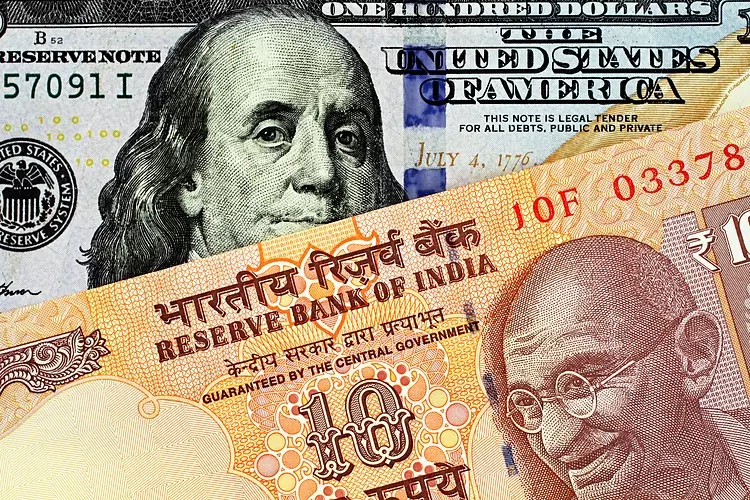The Indian Rupee (INR) has shown momentum with a drift higher on Friday, supported by several key factors. The positive outlook in the Indian economy, along with inflows of foreign capital, has helped boost the INR. Investors are closely watching for cues from the US, particularly the ISM Services PMI and employment data scheduled to be released on Friday.
Recently, the HSBC final India Manufacturing Purchasing Managers’ Index (PMI) declined slightly in April, signaling a minor decrease from the high seen in the previous month. Moreover, the Reserve Bank of India’s (RBI) FX intervention in February was the lowest in six months, indicating a reduction in the magnitude of intervention compared to previous months.
The Organisation for Economic Co-operation and Development (OECD) raised its growth forecast for India, signaling positive growth prospects for the country. On the other hand, US economic indicators such as Initial Jobless Claims and the decision by the Federal Reserve to leave interest rates unchanged have also influenced the currency market dynamics.
From a technical standpoint, the USD/INR pair is currently displaying a constructive stance on the daily timeframe. The pair is forming an ascending triangle pattern and holding above the key 100-day Exponential Moving Average (EMA). The Relative Strength Index (RSI) is in the bullish territory around the midline, suggesting continued consolidation for the time being.
The Indian Rupee is sensitive to various external factors such as the price of Crude Oil, the value of the US Dollar, and levels of foreign investment. Factors like direct intervention by the RBI in FX markets, interest rate adjustments, and macroeconomic indicators like inflation, interest rates, GDP growth rate, balance of trade, and foreign investment inflows all play a significant role in influencing the value of the Rupee.
Macroeconomic factors like inflation, interest rates, economic growth rate, and trade balance directly impact the value of the Rupee. For instance, higher economic growth rates can attract more overseas investment, leading to increased demand for the Rupee. On the other hand, inflation rates, interest rate differentials, and balance of trade all contribute to the strength or weakness of the Rupee in the global currency markets.
The US Dollar showed weakness against major currencies, particularly the Pound Sterling, in the recent trading session. The percentage changes in major currencies against each other provide insights into the currency dynamics and the relative strength of the US Dollar in the global currency market.
The Indian Rupee movement is influenced by a combination of domestic economic factors, global developments, and technical indicators. Traders and investors need to keep a close watch on key economic data releases, central bank interventions, and market sentiment to make informed decisions in the currency markets.


Leave a Reply